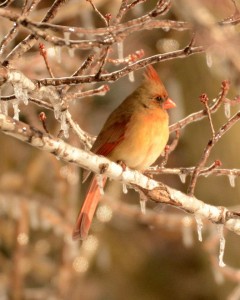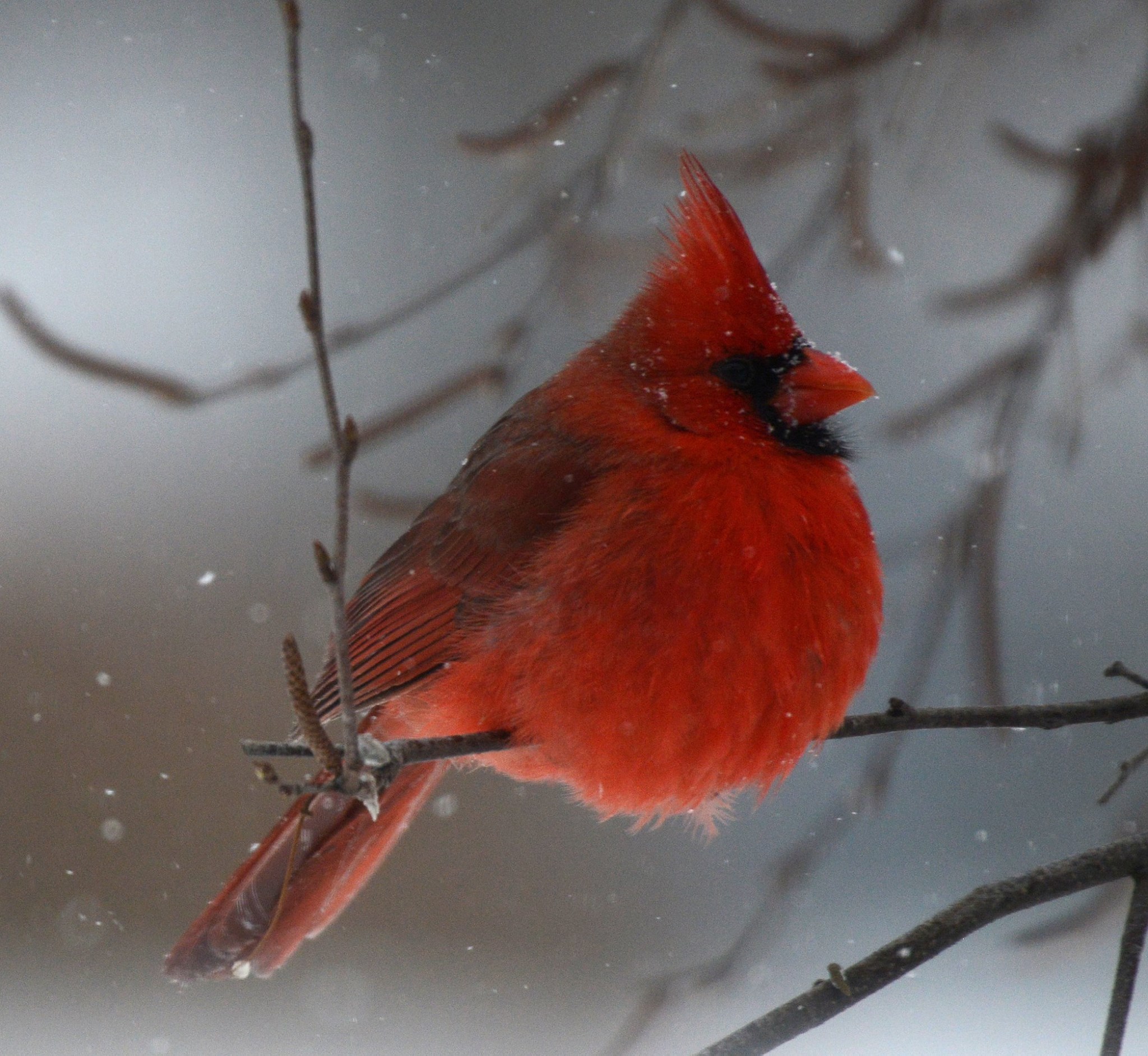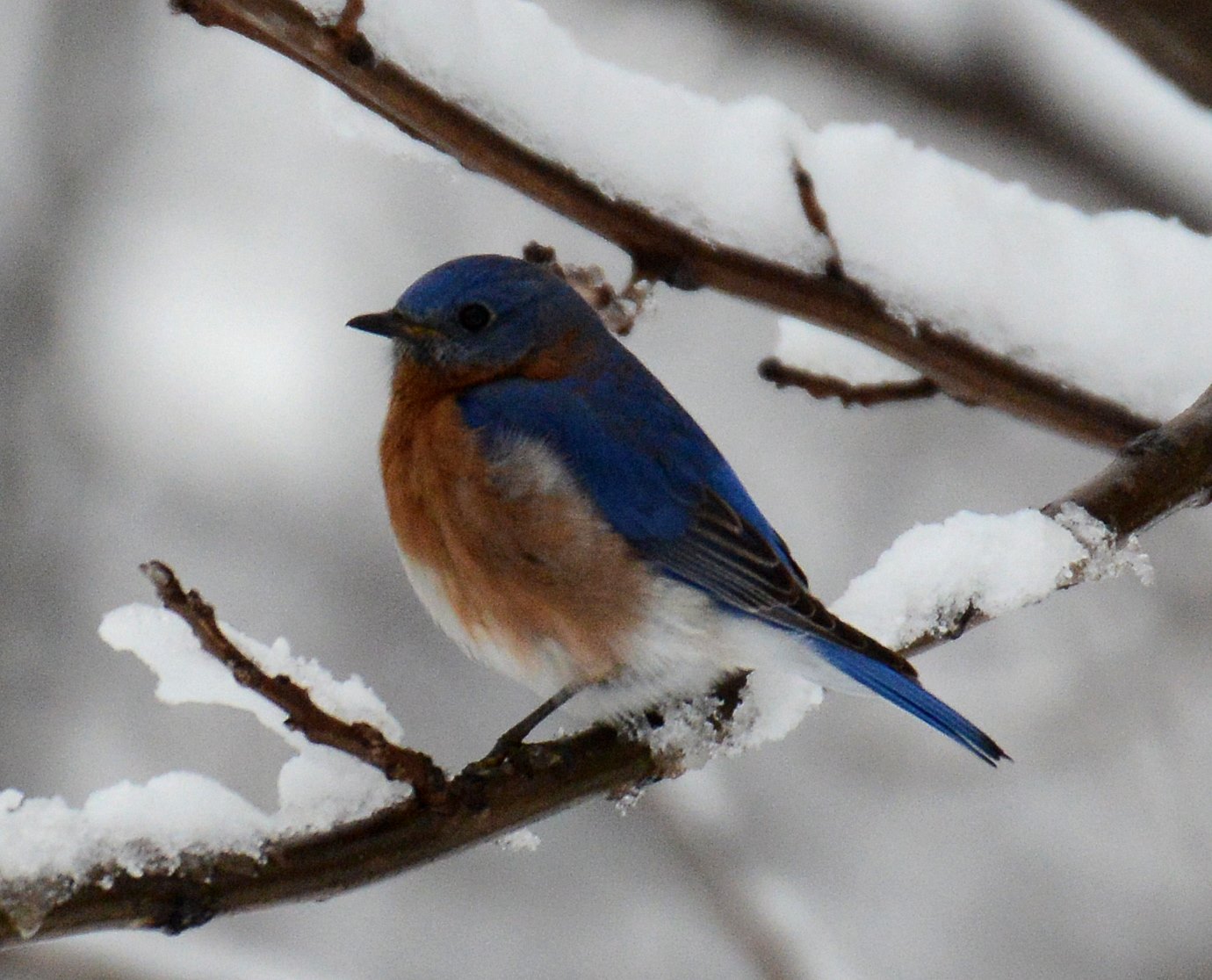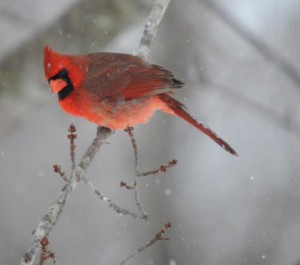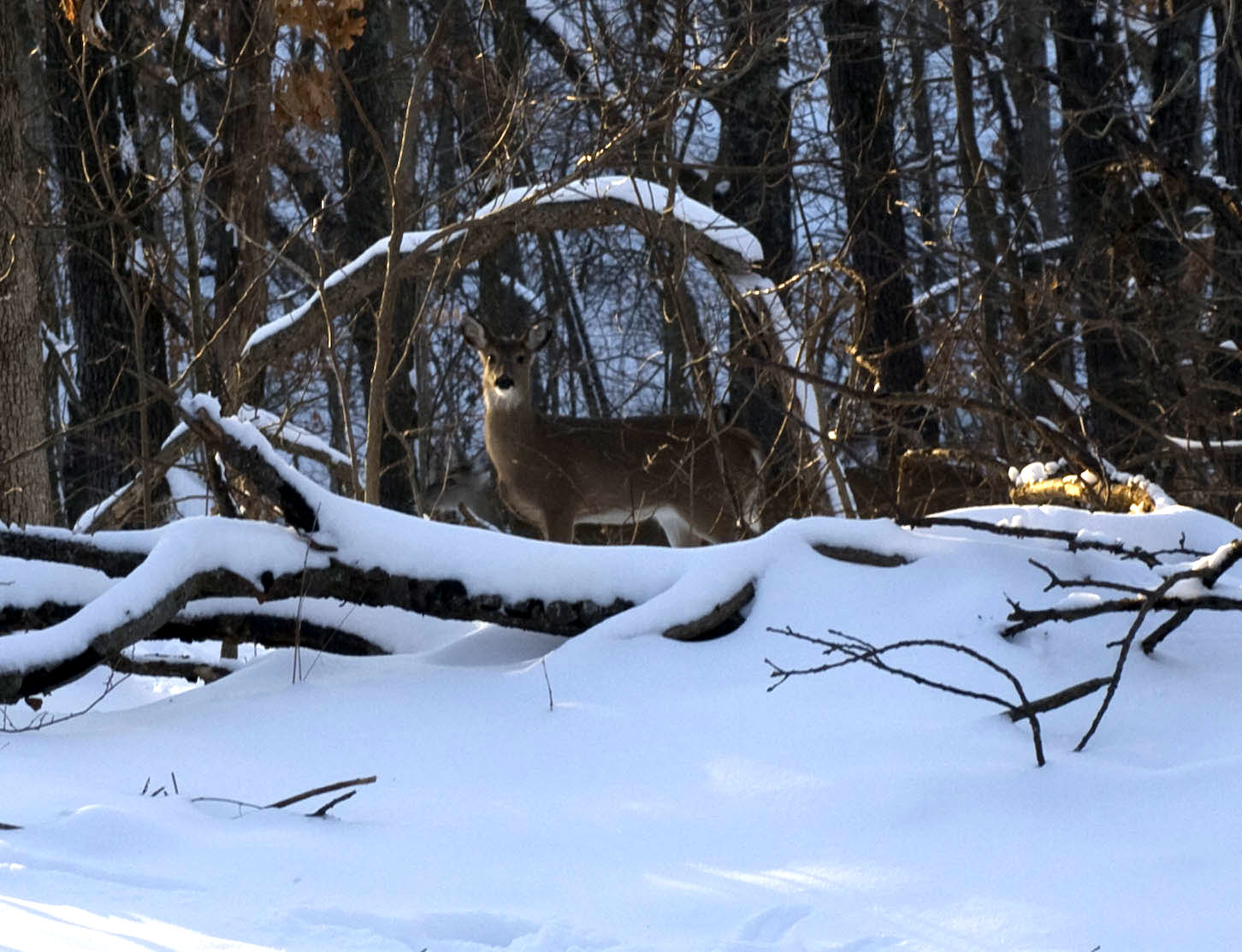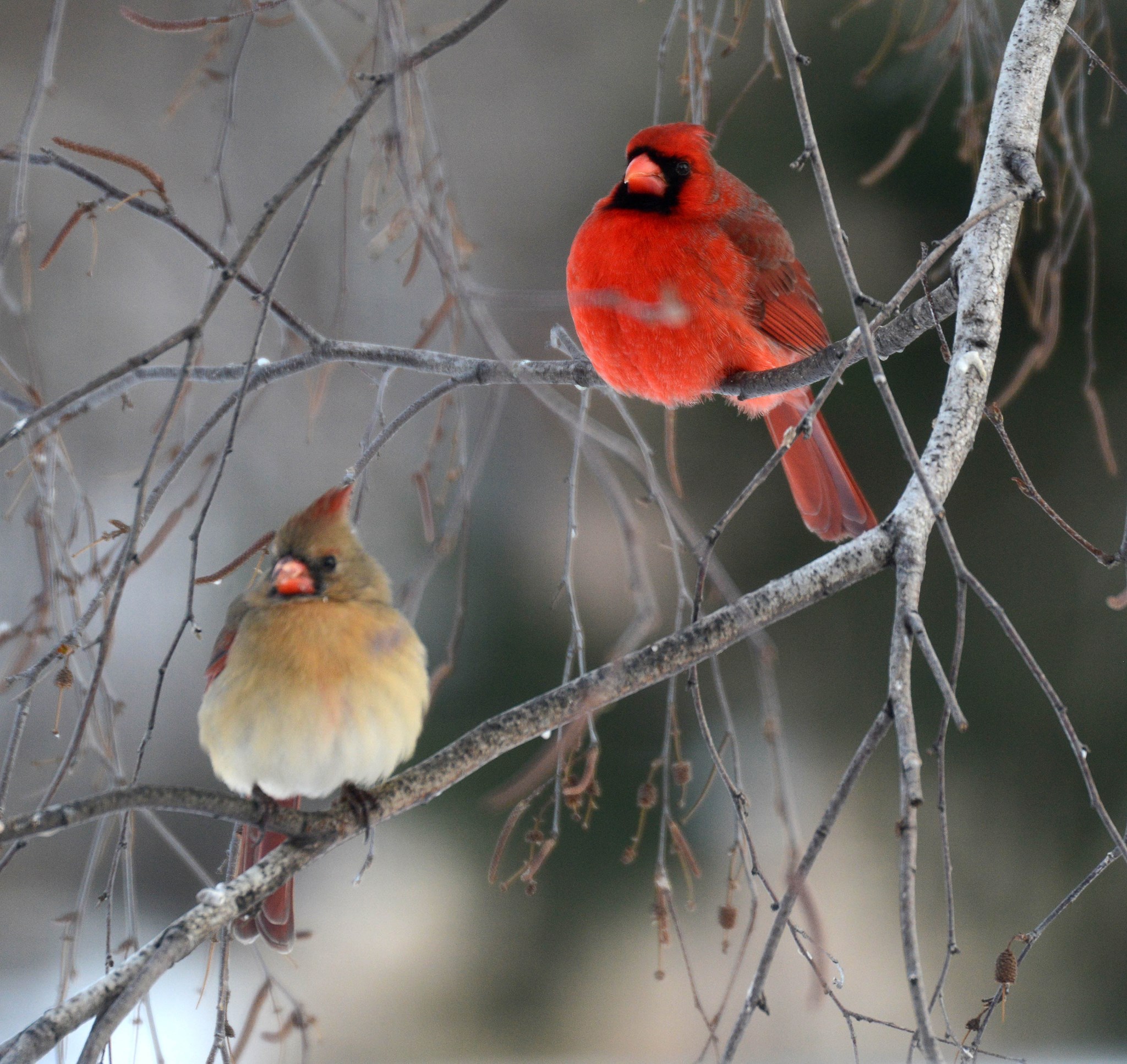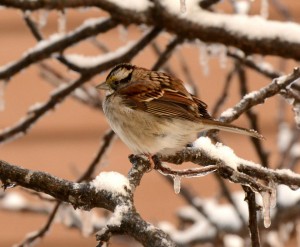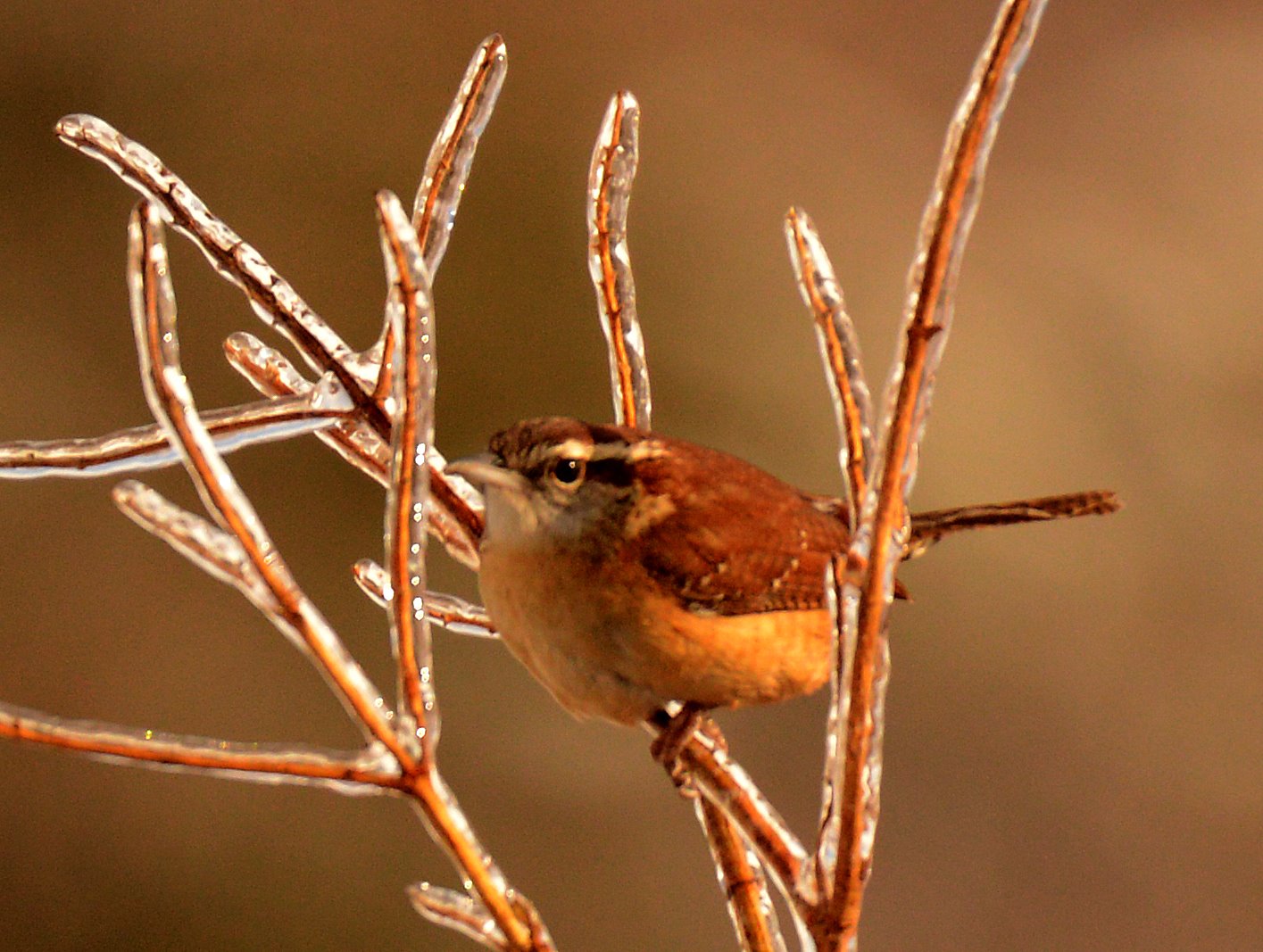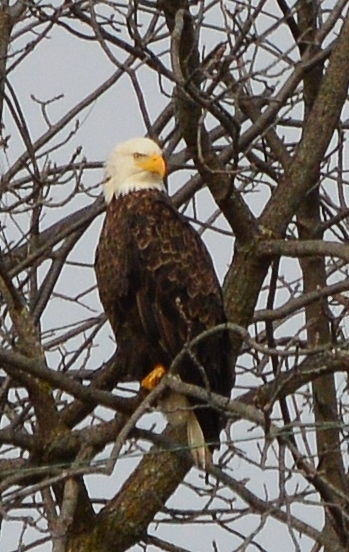Have you ever heard of a Timberdoodle Skydance?
The Timberdoodle, A Dancer Before the Stars by Jeff Cantrell
Have you ever heard of a Timberdoodle Skydance?
A Happy Ending With a Touch of Class By Jeff Cantrell
Field notes and photographs by J. Cantrell
I was ten and participated on my first guided hike and it just so happened to be in amazing Yellowstone. My folks are national park enthusiasts and my mom’s mission this trip was to grant her young conservationist the gift of a rare wildlife experience.
When we think of wildlife, endangered species stories frequently emerge and they have a gloom and doom undertone to them. Biologists strategize on how to reverse the decline of the population while the nature-loving communities offer support any way they can contribute. So unfortunately when the subject regarding threatened species comes up we are prepared for a grim outcome.
The trumpeter swan is the largest of North American waterfowl and surely one of the most stunning. The trumpeters to me simply symbolize all that is graceful and stylish in nature. A swimming swan resembles an ice skater’s refined glide and their reflection appears to pursue the bird on a blue or silver mirror. The adults are a crisp bright white, while the juvenile’s plumage matches the winter sky. They are a true conservation success story recovering from brutal market hunting for their skin, feathers and meat. Quill feathered pens were a favorite instrument of John James Audubon to tailor the groundwork sketches for his celebrated bird paintings. The swan feathers inflated pillows and mattresses for the aristocrats and colonists to rest well and dream of the promises of a fresh America. The trumpeter swan contributed a great deal to our pioneer heritage and we find their presence carved on furniture, printed on currency notes, in Native American culture, and much more.
They emerge from a population less than 70 trumpeters in all of Canada and the lower 48. They rode the conservation/preservation wave of early conservation laws and the collapse of plume hunters and feather fashions. Heroes like Teddy Roosevelt, George Melendez Wright and William Hornaday were in their corner. Today, our area benefits from captive conservation breeding flocks of Iowa, Minnesota and Wisconsin. It is fortunate the birds don’t recognize state borders and so we benefit from trumpeter swans vacationing here during the winter. After being completely absent, I have now witnessed them steadily increase in our area every single winter these past 20 years. Their occurrence restores their place in our culture and history; they certainly glide across our view with a wonderful sense of style. The story of the trumpeter swan is a real conservation story. I love happy endings especially when they have a touch of class.
I look forward to seeing you on the trail. – Jeff
FESTIVAL OF EAGLES – STELLA MISSOURI
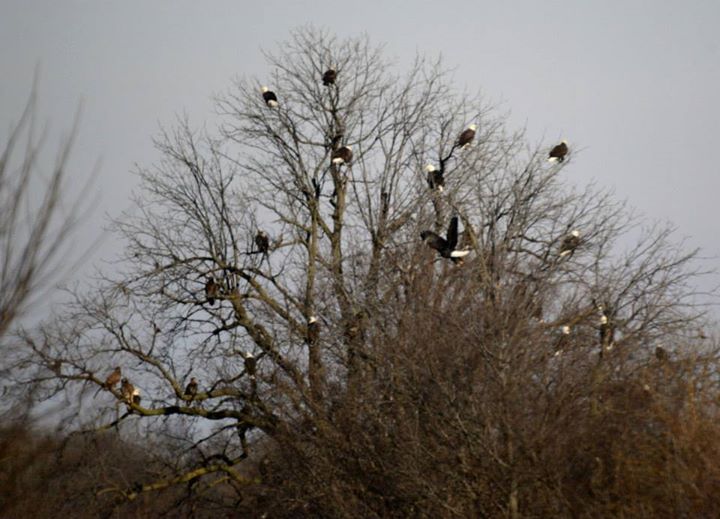



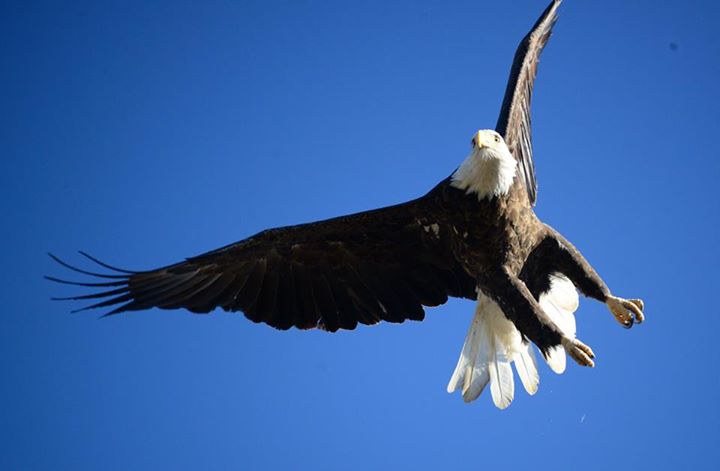
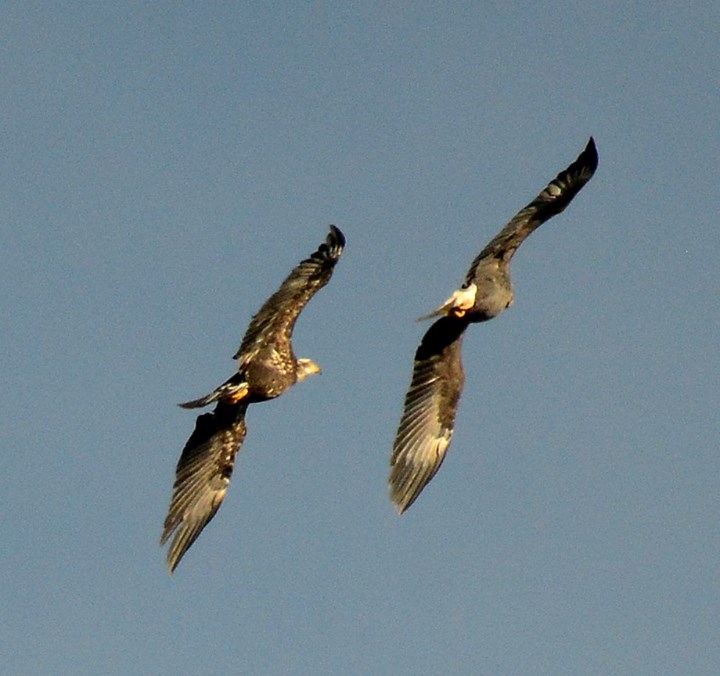

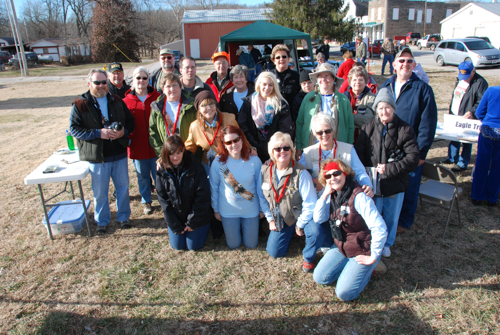
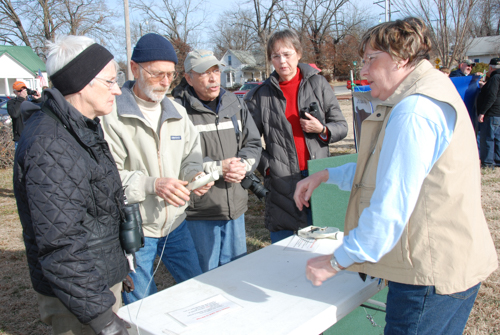

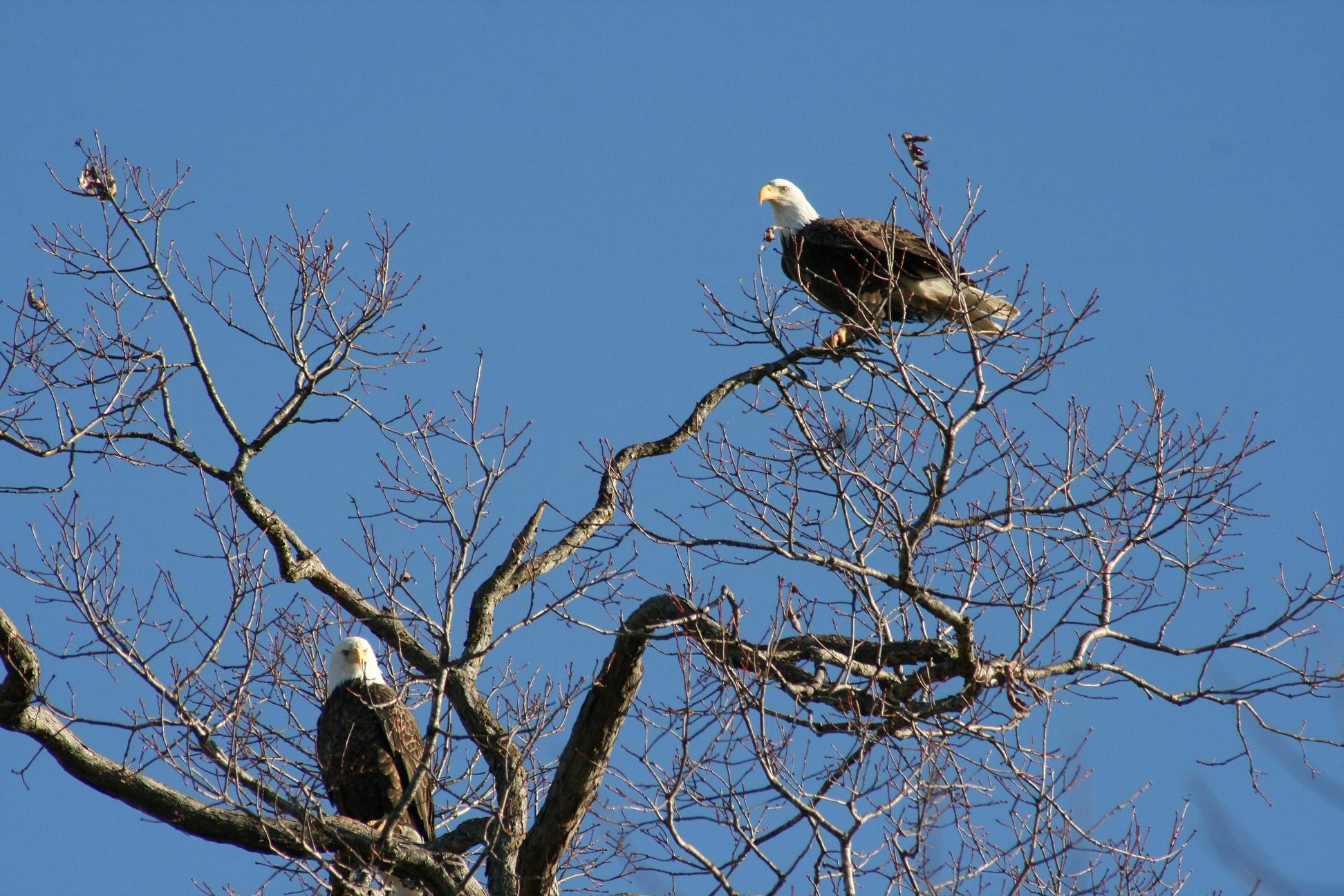

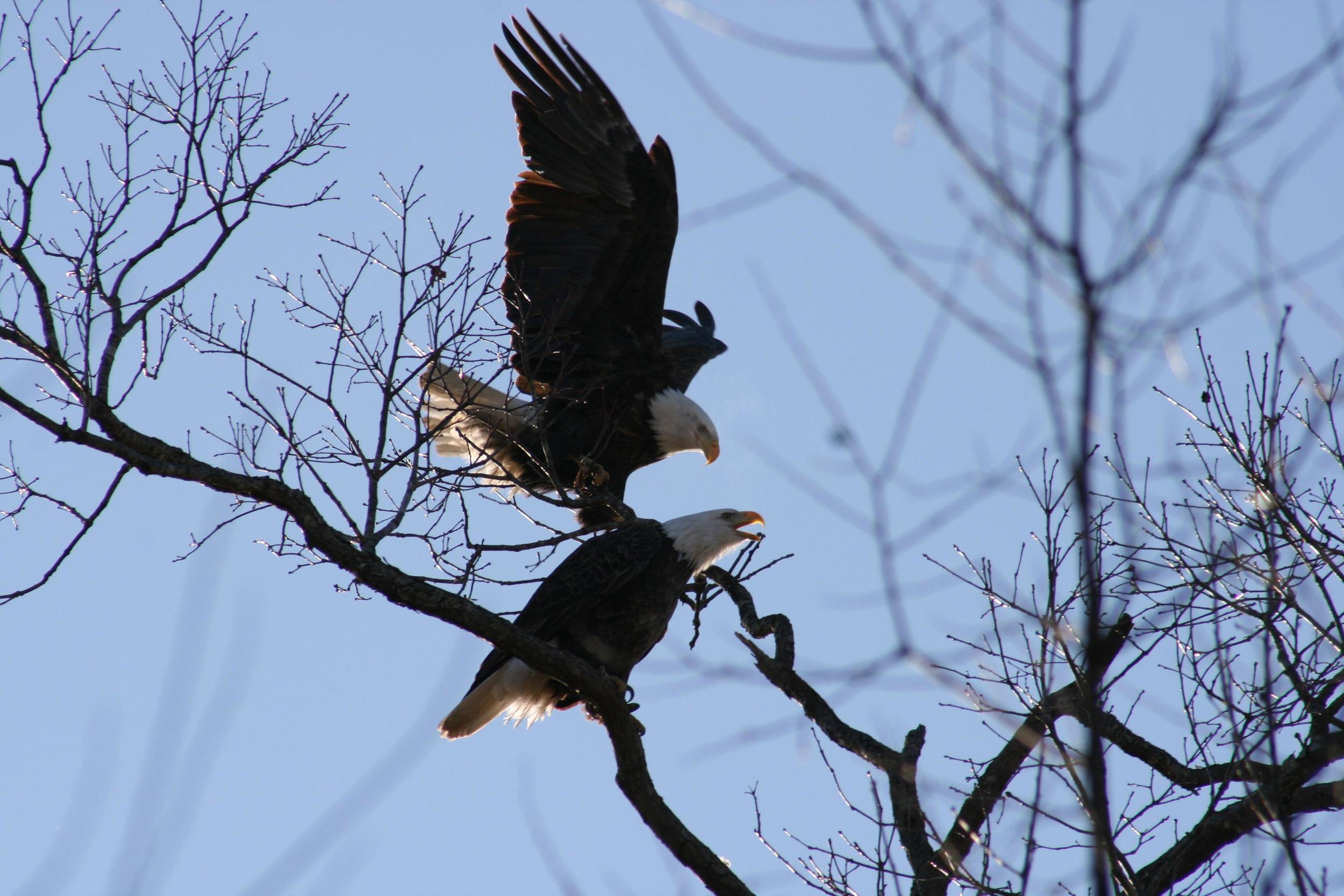



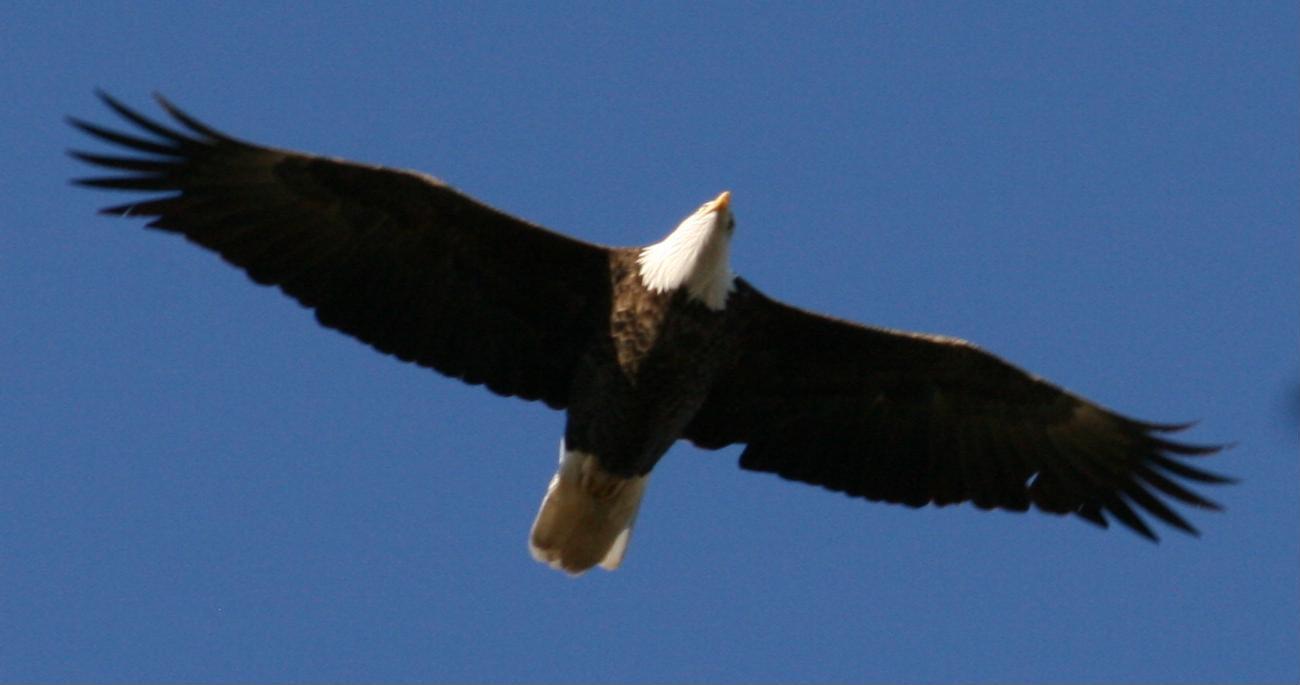

It’s that time of year again — time to view the eagles at Stella. The Chert Glades Master Naturalists will be hosting the Festival of Eagles on Saturday, January 24, 2015 at Stella, Missouri. Activities begin at 10:00 a.m. and go until 3:00 p.m. There will be scopes set up for getting up close and personal views of the eagles who visit Stella every year.
Representatives from the Missouri Department of Conservation and Missouri Master Naturalists will be available for answering questions. There will be a life-sized eagle nest replica, a life-sized eagle wingspread to compare your “wing span” to that of an eagle, face painting, and more. Volunteers will be scouting the area for good viewing opportunities and maps will be available to help you get the best views. Every year the town of Stella has some goodies available for those who visit. There will be hot coffee, hot cocoa, and baked goodies available at the Methodist Church.
For directions to Stella, you can check mapquest or google maps. Here are simplified directions: from Joplin, take I 49 south to Neosho, exit 24 (US 60). Turn left. Go 1.3 miles. Turn righ on I 49 BUS/MO 59/US 71 BUS S. Go 1.3 miles. Turn left on Lyon Dr. Go 1.5 miles. Turn right on Doniphan, go .8 miles. The road will curve left and become Hwy. D. Go 10.6 miles. Turn left onto Hwy. A. Go .8 miles and you will be in Stella. The activities will be located at the city park on the corner of Carter & Ozark streets.
So, come join us for a day of fun in the great outdoors. Dress for the weather, bring your camera and binoculars, if you have them, but mostly just come to enjoy the day. It’s a great opportunity to spend time with your family, learning about one of the great successes of conservation.
In winter, Missouri is a leading migratory stop for Bald Eagles, and Stella is a great place to see them!
Bald Eagle recovery is a spectacular conservation success story!
- 1782 – Adopted as national symbol; 100,000 nests (est)
- 1800’s(early) – Nesting eagles common in Missouri
- 1900 – Numbers declining; eagles shot on sight to protect livestock; no Missouri nests
- 1940 – In danger of extinction; Bald Eagle Protection Act makes harming, possessing or harassing illegal
- 1962 – U.S. nesting pairs dwindle to about 400; Silent Spring(Rachel Carson) is published linking the pesticide DDT to thinning eggs that break during incubation or otherwise fail to hatch
- 1972 – DDT banned
- 1978 – Listed as “endangered” under the Endangered Species Act(ESA)
- 1983 – First report of re-nesting in Missouri
- 1995 – Status upgraded to “threatened” (ESA)
- 2007 – Bald Eagles completely de-listed (ESA)
- 2007-present – More than 2000 Bald Eagles winter in Missouri with 200-300 nesting pairs!
Photography: Kevin Mouser, Ken Middick, Katharine Spigarelli, Becky Wylie
Eagle facts: Val Frankoski
- See more at: http://chertglades.org/?p=2012#sthash.0RqA0N1a.dpuf
GET RID OF THE WINTER BLAHS By Ann Butts
If you are not careful, you’ll catch the winter blahs. You know them, muscle aches, headaches, fatigue, and STRESS! It’s not the flu, but it is a sickness. Some people call it cabin fever, some use technical terms like Seasonal Affective Disorder. I call it TOO MUCH TIME INDOORS! But there is a cure. Take a nature walk. Get outside, regardless of the weather. Even fifteen minutes outside can cure the winter blahs. You will feel better.
Studies have shown that just being outdoors contributes to overall good health. There are two kinds of benefits from getting outdoors. The first is improvement in your cognitive thinking; clear your mind so you can think. The second is an improvement in your mood. A side effect is improvement in physical health. Observing nature takes your mind off your troubles and relieves your stress.
There is a lot to see if you know where to look. Even on an icy, rainy day, you can find treasures. In a park, along a walking trail, or in your back yard, there are winter wonders waiting for you to discover. Droplets forming on limbs, bright blue seeds on a green cedar tree, and birds at your feeders.
Walk along a stream and just listen to the soft rushing of the water. Observe ducks or geese in a pond, they can be fun and hilarious to watch. Get far away from civilization and listen to the sounds of nature in winter. A night time hike will open your eyes to the beauty and sounds of the night skies.
Winter walks can be so peaceful! It will restore you!
Studies have also shown that looking at pictures of natural scenes, while not the same as being there, can have calming affects. Enjoy this slideshow of pictures from members of our chapter who have been outside this winter, then make a commitment to getting outside to improve your physical fitness relieve your stress, and get rid of the winter BLAHS!

